Parasite penetrates, reproduces within intestinal cells
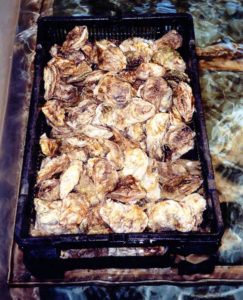
As filter feeders, bivalve shellfish are capable of concentrating microorganisms present in the surrounding water. While most of these microbes are harmless, some pathogenic organisms can occasionally cause human illness and large outbreaks of disease, in some cases.
The best known and most commonly encountered of these pathogens are Vibrio vulnificus, Vibrio parahaemolyticus, Vibrio cholerae, hepatitis A virus, and hepatitis E virus. In addition, an emerging pathogenic organism has now been implicated in shellfish-associated illness: Cryptosporidium parvum. Since many shellfish are consumed raw or only partially cooked, the potential for transmission of these pathogens remains.
Cryptosporidium occurrence
Cryptosporidium species are found worldwide in many differing environments, but are especially associated with both fresh- and saltwater sources. As a consequence, they are frequently isolated in shellfish, especially oysters, and outbreaks of illness have occurred as a result of ingestion of contaminated bivalves. C. parvum have been discovered in shellfish from the Chesapeake Bay, Gulf of Mexico, and west coast of the United States, and many other marine environments around the globe.
Infections
Cryptosporidium species can infect many different animals, including cattle, goats, sheep, deer, certain birds, mice, and elk. C. parvum specifically infects humans and young calves. The protozoan parasite produces illness by penetrating and reproducing within intestinal and other cells. Infected cells are severely altered and can die.
About half the size of human red blood cells, the oocyst stage is the infectious form of C. parvum. This small size often allows the pathogen to evade filtration systems. Oocysts also are not eliminated by standard chlorination methods. C. parvum sporocysts, which represent a more seedlike or dormant portion of the life cycle, are resistant to most chemical disinfectants. Sporocysts are, however, susceptible to freezing, cooking at temperatures of over 70 degrees-C for two minutes, drying, and ultraviolet light.
Transmission of the organism can occur through ingestion of contaminated water or food, direct contact with infected animals, or person-to-person contact. Outbreaks are relatively common in day-care centers.
Cryptosporidium oocysts shed in the feces of infected people and animals can contaminate water supplies, other animals, and agricultural food sources. The infectious dose of C. parvum is quite low – a single cell may be sufficient to initiate disease.
Symptoms
Infection by C. parvum typically produces rather severe and watery diarrhea that lasts two to four days and is usually self-limiting. This may be accompanied by a low-grade fever, nausea, weakness, and abdominal cramping.
The young and the elderly seem to have an increased susceptibility to infection and may have more prolonged symptoms. In immunodeficient individuals, especially those with HIV/AIDS, infection can be much more severe, may become chronic, and is sometimes even lethal. Tracheal and lung infections producing severe coughing are common in immunocompromised patients.
Individuals with any form of immune deficiency caused by HIV, cancer, uncontrolled diabetes, or liver disease should totally avoid eating raw or lightly cooked shellfish. However, some people harbor C. parvum in their intestinal tracts without exhibiting any symptoms.
Diagnosis
Diagnosis of C. parvum infection is made by the observation of oocysts in specially stained stool specimens or affected tissues. Besides keeping the patient from becoming dehydrated, specific treatment is usually not needed. At present, there are no reliable curative therapies available for C. parvum infection. Some encouraging results have been obtained with the antibiotic paromomycin, and research is ongoing to develop more effective agents.
Prevention
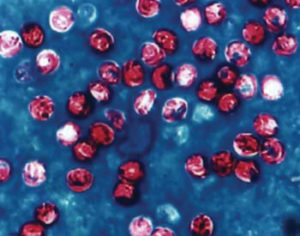
As with many illnesses, prevention is the best medicine. Adequate cooking of shellfish will kill the parasite and prevent infection. For those desiring raw or lightly steamed shellfish, the risk of infection will still be present.
Several processing methods directed at eliminating C. parvum while maintaining raw characteristics of shellfish have been studied. High hydrostatic pressure processing is partially effective, but does not inactivate 100 percent of the organisms present. E-beam irradiation was found to successfully inactivate all of the C. parvum present in oysters in trials conducted at Virginia Tech. However, e-beam irradiation suffers from a lack of consumer confidence in “irradiated” products and is not widely available.
Sewage and animal waste contamination of shellfish-harvesting areas probably represents the most significant contributing factor that results in human cases of shellfish-associated C. parvum disease. Improvements in water treatment methods, agricultural containment, and treatment of potentially contaminated material should help in reducing the transmission of Cryptosporidium infections, both from water sources and shellfish.
(Editor’s Note: This article was originally published in the March/April 2007 print edition of the Global Aquaculture Advocate.)
Now that you've reached the end of the article ...
… please consider supporting GSA’s mission to advance responsible seafood practices through education, advocacy and third-party assurances. The Advocate aims to document the evolution of responsible seafood practices and share the expansive knowledge of our vast network of contributors.
By becoming a Global Seafood Alliance member, you’re ensuring that all of the pre-competitive work we do through member benefits, resources and events can continue. Individual membership costs just $50 a year.
Not a GSA member? Join us.
Author
-
Daniel Holliman, M.D.
Virginia Tech
Blacksburg, Virginia 24601 USA[117,100,101,46,116,118,64,97,109,105,108,108,111,104,100]
Tagged With
Related Posts
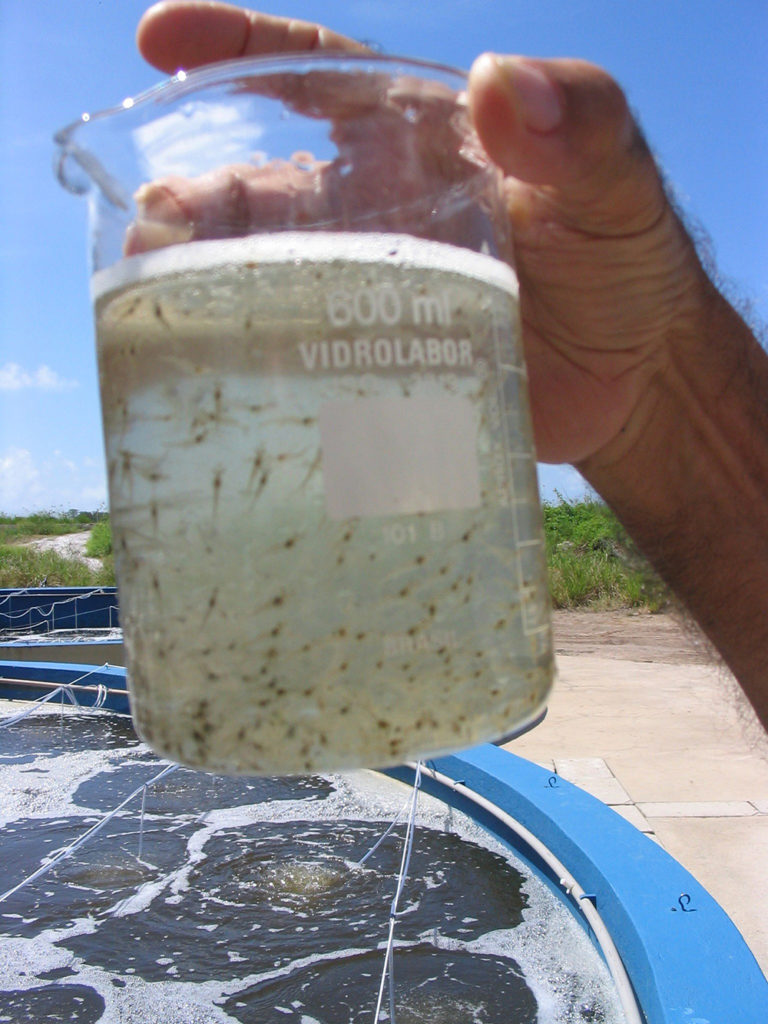
Health & Welfare
A study of Zoea-2 Syndrome in hatcheries in India, part 2
Indian shrimp hatcheries have experienced larval mortality in the zoea-2 stage, with molt deterioration and resulting in heavy mortality. Authors considered biotic and abiotic factors. Part 2 describes results of their study.
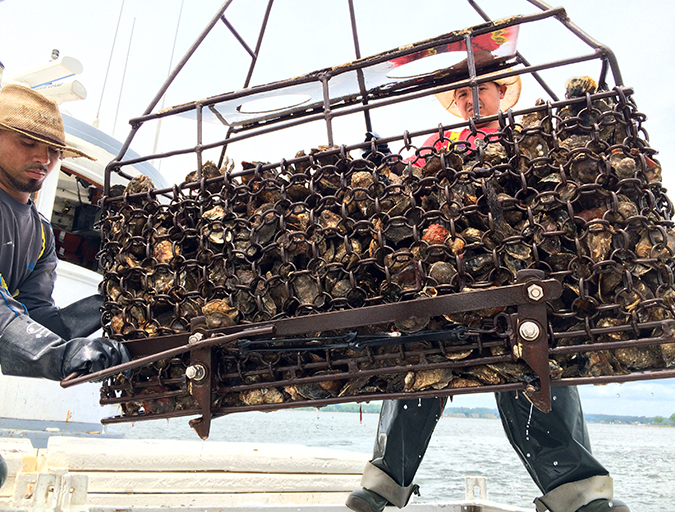
Intelligence
As ocean temperatures rise, so too will vibrio outbreaks
A study using a half-century of data has linked climate change and warming sea temperatures with an increase in illnesses from the common vibrio bacteria. Shellfish growers, fighting a particularly virulent strain of Vibrio parahaemolyticus, are changing their harvest protocols.
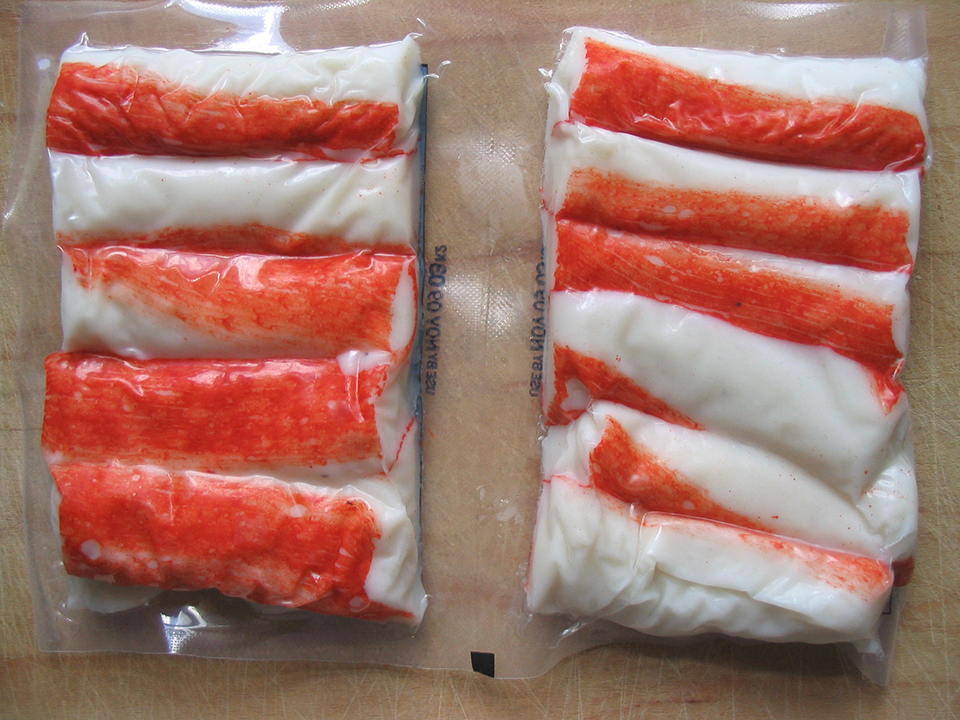
Intelligence
Byproduct utilization for increased profitability, part 2
Enzymes obtained from fish- and shellfish-processing wastes can be used in the making of a number of useful products. Lipase enzymes from fish can break down lipids, while amylases hydrolyze starch.
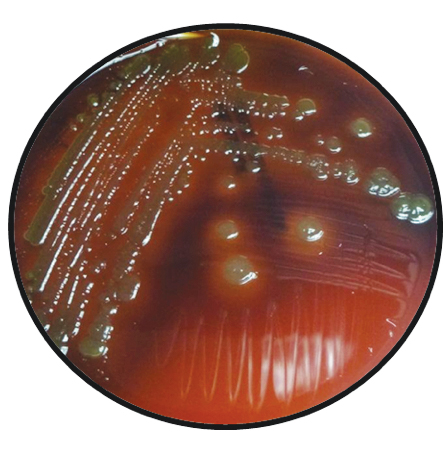
Health & Welfare
Field diagnostic tools for pathogenic vibrios
Since Vibrio samples often degrade during transport, the authors analyzed nucleic acids (FTA) cards as a simplified, shelf-stable collection method for the preservation of genetic material from water samples.



